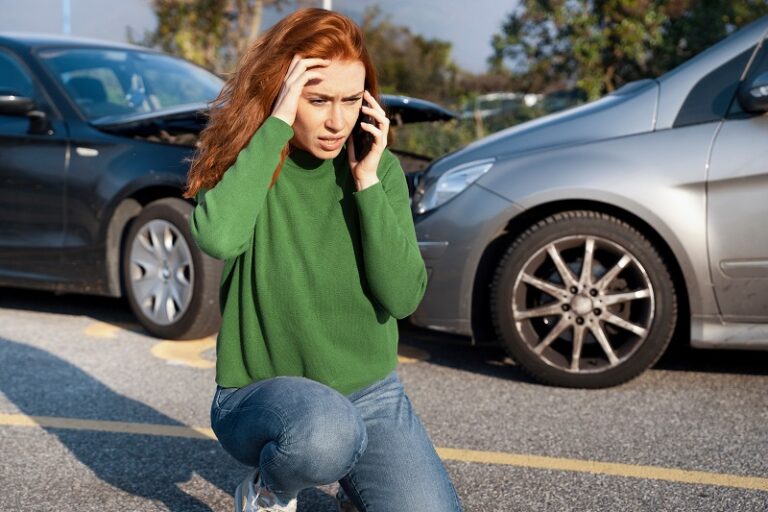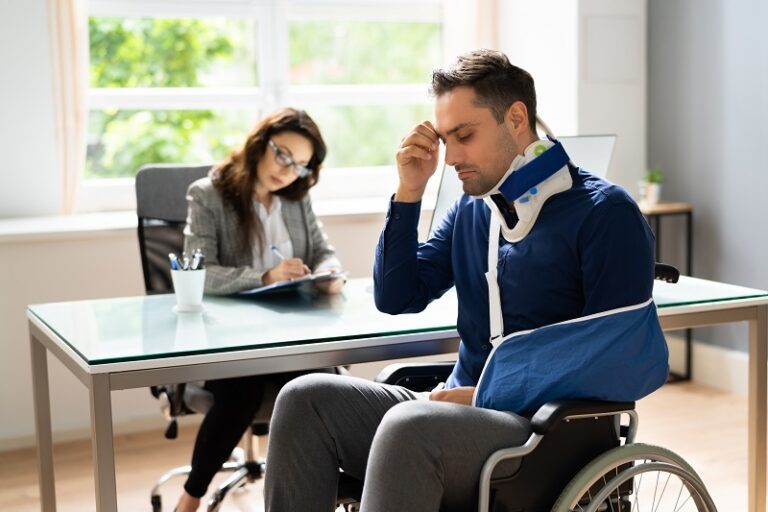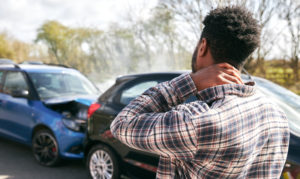[profileleft] [/profileleft]The shortest distance between two points is a straight line, or at least as straight a line as possible. This is an undisputed fact in the scientific community. In the driving world, that norm also holds true. That means that motorists will need to turn left from time to time, moving across traffic. Learning to turn left without some sort of green turn arrow is one of the most stressful aspects of learning to drive. It’s also one of the most dangerous maneuvers a driver can attempt. Any San Diego car accident lawyer who has been practicing for an appreciable amount of time has likely handled at least one case where someone was injured in a crash involving a left turn. However, data is emerging that shows that turning left is not always necessary, as strange as that sounds. It could also be of benefit to everyone not to do so.
[/profileleft]The shortest distance between two points is a straight line, or at least as straight a line as possible. This is an undisputed fact in the scientific community. In the driving world, that norm also holds true. That means that motorists will need to turn left from time to time, moving across traffic. Learning to turn left without some sort of green turn arrow is one of the most stressful aspects of learning to drive. It’s also one of the most dangerous maneuvers a driver can attempt. Any San Diego car accident lawyer who has been practicing for an appreciable amount of time has likely handled at least one case where someone was injured in a crash involving a left turn. However, data is emerging that shows that turning left is not always necessary, as strange as that sounds. It could also be of benefit to everyone not to do so.
What Are We Talking About?
Real Clear Science published an article recently that discussed the way that United Parcel Service, or UPS drivers handle their routes. Every day, each driver is given a very specific route map that minimizes the number of left turns they will make. UPS also has a policy that drivers should never turn left across oncoming traffic unless absolutely necessary. They follow this policy by using software that reduces the number of left turns that drivers make to approximately 10 percent of all of their turns.
Yes, that means that there are times when a driver will execute three right turns in order to avoid making one left turn. This may seem totally illogical to most people, and that’s hardly an irrational response. How could turning three times, including at least once directly in the opposite direction of the destination, make any sense? There are several answers to this question, all of which point to the conclusion that UPS is doing the right thing. These answers include:
- UPS uses 10 million fewer gallons of fuel every year as compared to before they started with this approach in 2004.
- The company also emits 20,000 fewer tons of carbon per year as a result of making fewer left turns.
- Ultimately, UPS delivers 350,000 more packages per year.
- UPS has cut the number of trucks it uses by 1,100.
- The drivers travel approximately 28.5 million fewer miles.
Why was this approach even tried? The story gives several reasons, including:
- Trucks will encounter potentially enormous delays over the course of a day of deliveries if they have to sit and wait to turn left across traffic several times.
- These trucks will burn fuel and emit carbon as they wait to turn across oncoming traffic.
- Turning left across traffic can be very dangerous, and clearly any accidents will lead to enormous delays.
The bottom line is that UPS is reaping the benefits of this driving approach on several different levels. Not to mention, many other companies have adopted a similar plan for their drivers based on these results.
The Dangers of Turning Left
While avoiding danger is only one of the reasons that UPS works to have its drivers avoid as many left turns as possible, the fact is that this is one of the most dangerous maneuvers one can execute while behind the wheel. The Claims Journal, a publication for the insurance industry, published an article in 2014 that detailed several statistics regarding the dangers of turning left. Consider the following data that were used in the article:
- In 2013, nearly one-third of one large insurance company’s accident claims totaling at least $100,000 involved a vehicle that was turning left at the time of the collision.
- According to the United States Department of Transportation, 53.1 percent of crossing-path accidents in the United States involve left turns.
- New York City transportation planners found that left turns were three times as likely to cause a fatal accident involving a pedestrian than right turns.
Accidents Involving Left Turns Locally
San Diego County is hardly immune to the potential dangers of left turns. The statistics regarding broadside collisions in the county that occur at intersections are surprising. In 2015, the following number of these crashes occurred:
- 61 San Diego car accidents occurred at intersections.
- 87 people were either injured or killed in these crashes.
- 62.3 percent of these accidents involved broadside collisions.
- More than two thirds of these accidents occurred during daylight hours.
2015 was actually a better year for these accidents than 2014. Consider the following data for the previous calendar year:
- 120 San Diego car accidents occurred at intersections.
- 171 people were either injured or killed in these crashes.
- 55 percent of these accidents involved broadside collisions.
- More than 70 percent of these collisions occurred during daylight hours.
While it’s quite possible that not all of these accidents involved left turns, the fact that so many of them were broadside collisions indicate a strong possibility of such.
What Does All of This Mean?
It certainly seems unlikely that American motorists will suddenly stop turning left on a collective level, whether it’s voluntary or by way of new laws. However, it’s possible that in the future city planners in particular could put plans in place that minimize the number of left turns that people are either forced to make or choose to make. At the very least, left turns with the help of a green arrow or some other specific traffic signal could become more prevalent.
How a San Diego Car Accident Lawyer Can Help
Until then, unfortunately, accidents will continue to occur in high numbers because of mistakes made during left turns. People who are injured in these types of collisions can face an enormous amount of loss. That’s why people who are forced to overcome this challenge need to make sure that they are doing everything possible to make themselves whole. If you face this situation, seek the help of a San Diego car accident lawyer who understands how to stand up for the rights of those wrongfully harmed. Contact Gomez Trial Attorneys as soon as possible to schedule a free initial consultation.







